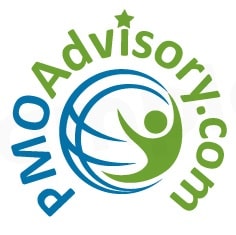“Two popular methods of creating goals for a project are SMART and CLEAR. SMART stands for:
- Specific – Setting goals to cover who, what, where, when, which and why
- Measurable – Making sure that you know how to measure the progress to and success of a goal
- Attainable – Lay out how to achieve your most important goals
- Realistic – Ensure that everyone is willing and able to achieve your goals
- Timely – Making sure that you can a timeline in which you can hit your goals
Meanwhile CLEAR ensures goals are:
- Collaborative – Check that your team is encouraged to work together
- Limited – The scope of your goals should be limited enough to make them manageable
- Emotional – Your employees should be able to form an emotional connection to your goals by tapping into their passions.
- Appreciable – Large tasks need to be broken down to make them more achievable
- Refinable – Goals need to be flexible to adapt and be refined as new situations arise
Whichever method you choose, the basic principles which need to be set out are the cost of the project, the quality of the end result, the resources which are available (or which will be diverted), and a reasonable timeline for each task to be completed”. – Ben Mulholland, excerpted from his article titled, “The 5 Project Management Steps To Run Every Project Perfectly” @ Business 2 Community, click here the read the article in its entirety.
Well said and we agree! PMO Advisory offers courses throughout the year designed for project professionals interested in Portfolio (PfMP), Program (PgMP), Project (PMP & CAPM) Risk (PMI-RMP) Management, and Agile (PMI-ACP) certifications.

